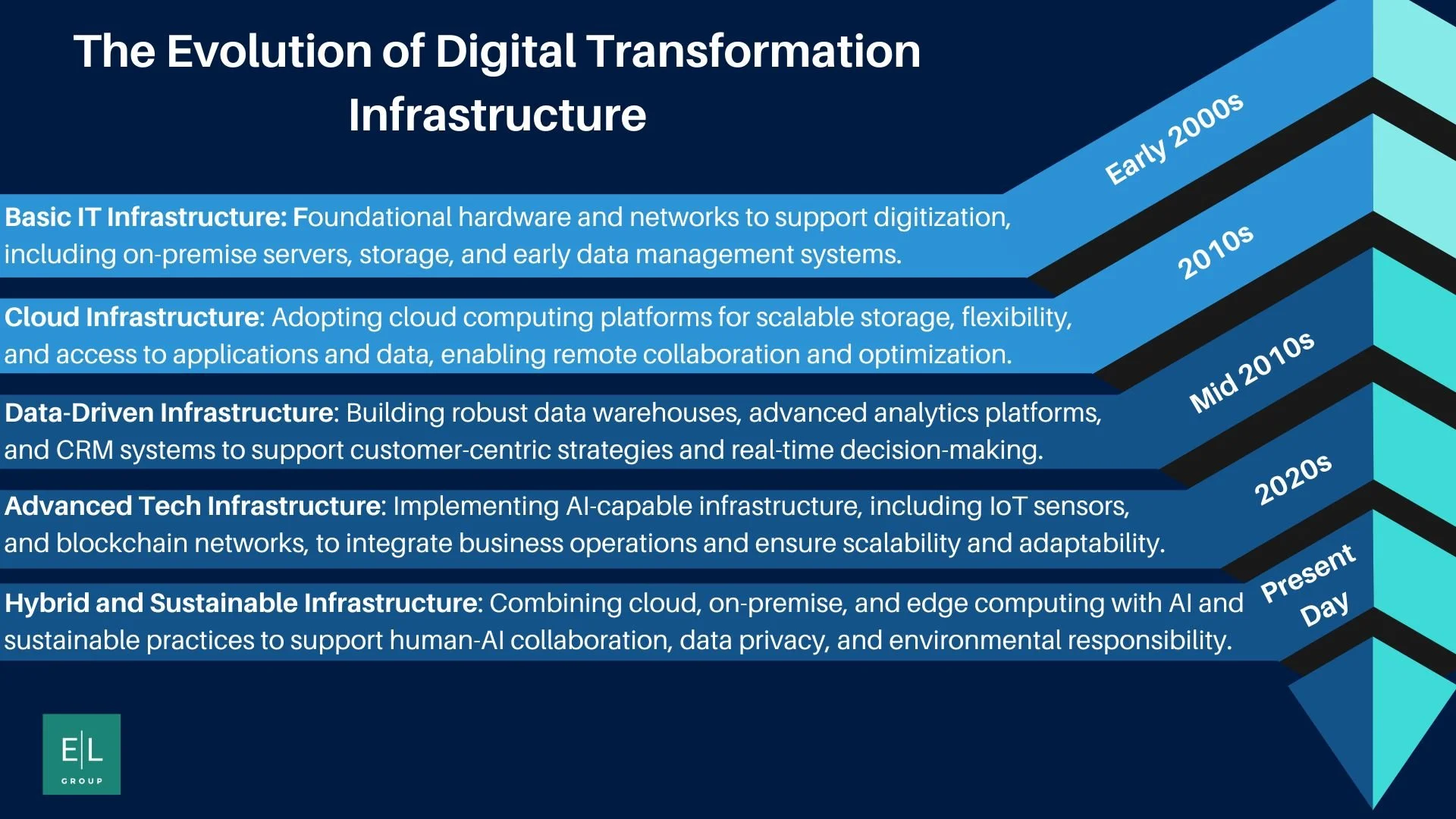Breaking the Myth of Instant Digital Transformation and AI Adoption
In the relentless drive for modernization, digital transformation is often framed as a swift, decisive leap into the future. Many organizations, eager to remain competitive, fall prey to the illusion of instant results—believing that deploying cutting-edge technologies will immediately yield operational efficiency, revenue growth, and market dominance.
This misconception not only sets unrealistic expectations but also undermines the very essence of transformation. True digital transformation is a complex, multi-dimensional process that reshapes an organization’s core strategies, culture, and operations. It is not a moment in time; it is a strategic evolution.
Pillars of a Successful Digital Transformation
Digital transformation cannot be reduced to technology upgrades or automation initiatives. Successful transformation demands an integrated approach that addresses the following foundational pillars:
Strategic Alignment
Transformation begins with clarity of purpose. Organizations must define measurable goals rooted in their broader business strategy. Technology serves as an enabler, not the objective. Without a cohesive vision, digital initiatives risk becoming costly, misaligned experiments.Cultural Reinvention
No amount of technological sophistication can overcome a resistant culture. Transformative change requires a mindset shift at every level—one that embraces agility, innovation, and collaboration. Leadership must act as both a catalyst and a steward, embedding change management practices into the fabric of the organization.Process Optimization
Merely digitizing flawed processes is a recipe for failure. True transformation demands re-engineering workflows to eliminate inefficiencies, enhance cross-functional collaboration, and deliver better outcomes. Organizations must adopt a "digital-first" lens to fundamentally rethink how value is created and delivered.Iterative Execution
Transformation is not achieved through a single, sweeping initiative. It unfolds incrementally, driven by pilot projects, continuous feedback, and agile adjustments. Iterative progress ensures that risks are minimized, insights are leveraged, and solutions are scalable.Human Empowerment
At its core, transformation is about people—employees, partners, and customers. Organizations must invest in reskilling their workforce, fostering digital fluency, and designing solutions that anticipate and meet evolving customer needs. In this age of hybrid intelligence, empowering people to work alongside technology will create the strongest competitive advantage.
The Illusion of Instant AI Adoption
One of the most glaring examples of the myth of instant transformation is the eagerness of enterprises to implement AI without the foundational infrastructure to support it.
Consider a mid-sized retailer determined to enhance customer experience using AI-powered personalization. Excited by the promise of AI, they invest heavily in advanced machine learning tools. But as the project unfolds, they encounter significant challenges:
Their data infrastructure is fragmented across legacy systems, making it difficult to collect, clean, and unify customer data.
They lack cloud capabilities to scale the AI models effectively or integrate them into existing systems.
The workforce is unprepared, with no data science expertise or training to interpret AI outputs and adapt workflows accordingly.
The result? Despite the investment, the AI initiative fails to deliver its promised value. Recommendations are inaccurate, implementation timelines are missed, and the organization ends up wasting both time and resources.
This scenario is all too common. Organizations mistakenly view AI as a shortcut to transformation, assuming they can leapfrog directly into advanced capabilities without laying the groundwork. However, AI—and any cutting-edge technology—represents the culmination of a strong foundation in data strategy, cloud infrastructure, and human capability. Skipping these critical steps often results in failed initiatives and squandered resources.
The Evolution of Digital Transformation
Digital transformation has evolved significantly over the years, reflecting broader technological and organizational shifts. Organizations cannot bypass earlier stages to adopt the latest innovations. Instead, a deliberate catch-up is essential to build the necessary foundation for sustainable progress.
Infrastructure is the backbone of digital transformation, providing the technological foundation that powers innovation, scalability, and efficiency. It enables organizations to store, process, and analyze data effectively, supports seamless integration of tools and systems, and fosters agility to adapt to evolving business needs. Without the right infrastructure, digital transformation initiatives lack the resilience and scalability to succeed.
Why Catching Up Is Non-Negotiable
Organizations that have not kept pace with this evolution cannot leap straight into the advanced stages of transformation, such as end-to-end AI or hybrid intelligence. Skipping foundational steps—like establishing robust data infrastructure or modernizing workflows—creates significant risks. These include fragmented systems, unscalable solutions, and unprepared workforces.
Catching up involves:
Revisiting earlier stages of digital transformation to ensure data, processes, and technology are aligned.
Reassessing priorities to build the infrastructure and cultural readiness necessary for sustainable change.
Investing in foundational capabilities like cloud infrastructure, agile workflows, and digital literacy to create a scalable platform for innovation.
Moving Beyond the Myth
Organizations that succeed in digital transformation share a common trait: a commitment to long-term, purposeful change. They understand that transformation is not an endpoint but an ongoing journey that demands:
Resilience: The willingness to adapt in the face of setbacks.
Patience: Recognition that meaningful change takes time.
Vision: A focus on the strategic outcomes that matter most.
By breaking free from the myth of instant transformation, businesses can avoid the pitfalls of short-term thinking and instead focus on building adaptive, scalable models for growth in a rapidly evolving digital landscape.
Transformation isn’t a race—it’s an evolution. The question is: Are you ready to embrace the process?


